
Helen Adams Keller was an American author, disability rights advocate, political activist and lecturer. Born in West Tuscumbia, Alabama, she lost her sight and her hearing after a bout of illness when she was 19 months old. She then communicated primarily using home signs until the age of seven, when she met her first teacher and life-long companion Anne Sullivan. Sullivan taught Keller language, including reading and writing. After an education at both specialist and mainstream schools, Keller attended Radcliffe College of Harvard University and became the first deafblind person to earn a Bachelor of Arts degree.
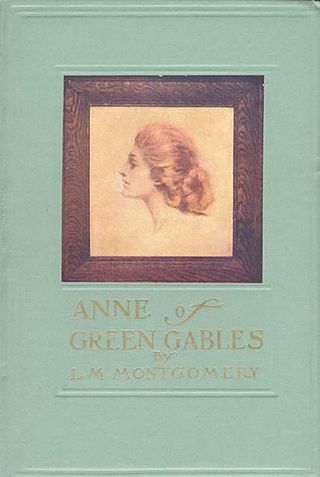
Anne of Green Gables is a 1908 novel by Canadian author Lucy Maud Montgomery. Written for all ages, it has been considered a classic children's novel since the mid-20th century. Set in the late 19th century, the novel recounts the adventures of 11 year old orphan girl Anne Shirley sent by mistake to two middle-aged siblings, Matthew and Marilla Cuthbert, who had originally intended to adopt a boy to help them on their farm in the fictional town of Avonlea in Prince Edward Island, Canada. The novel recounts how Anne makes her way through life with the Cuthberts, in school, and within the town.

Xenia is a city in southwestern Ohio and the county seat of Greene County, Ohio, United States. It is 15 miles (24 km) east of Dayton and is part of the Dayton Metropolitan Statistical Area, as well as the Miami Valley region. The name comes from the Greek word Xenia (ξενία), which means "hospitality".

Margaret Eleanor Whiting was an American popular music and country music singer who gained popularity in the 1940s and 1950s.

Helen Hooven Santmyer was an American writer, educator, and librarian. She is primarily known for her best-selling epic "...And Ladies of the Club", published when she was in her 80s.
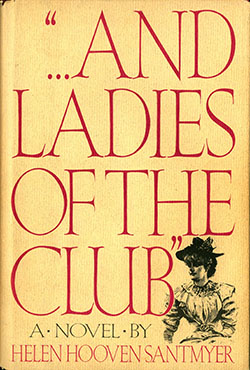
"...And Ladies of the Club" is a novel, written by Helen Hooven Santmyer, about a group of women in the fictional town of Waynesboro, Ohio who begin a women's literary club, which evolves through the years into a significant community service organization in the town.
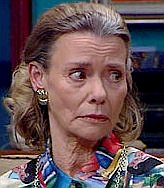
Helen Daniels is a fictional character from the Australian soap opera Neighbours, portrayed by Anne Haddy. Following the death of Jim Robinson in 1993, she remained the only original character played continuously by the same actor until her own death in 1997, making her the second longest-serving original character after her grandson Paul Robinson.
This is a list of bestselling novels in the United States in the 1980s, as determined by Publishers Weekly. The list features the most popular novels of each year from 1980 through 1989.
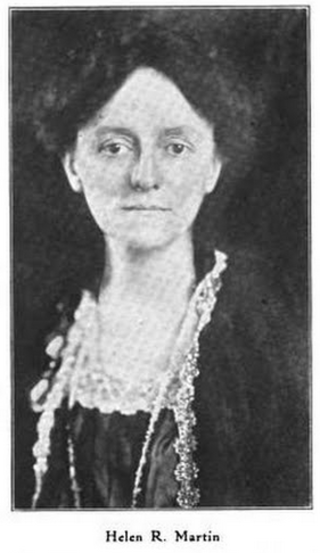
Helen Reimensnyder Martin was an American author.
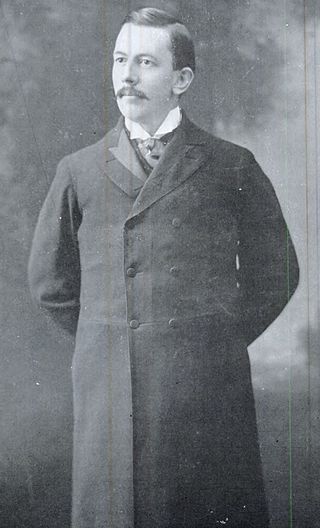
Warren King Moorehead was known in his time as the 'Dean of American archaeology'; born in Siena, Italy to missionary parents on March 10, 1866, he died on January 5, 1939, at the age of 72, and is buried in his hometown of Xenia, Ohio.
The mission of the Bay Area Holocaust Oral History Project (BAHOHP) is to gather oral life histories of Holocaust survivors, liberators, rescuers, and eyewitnesses. The project is developing and maintaining a catalogue database for public use. Their goal is to provide students, scholars, resource centers on the world, and the general public access to their archives.
Margaret Elizabeth Jenkins was an English novelist and biographer of Jane Austen, Henry Fielding, Lady Caroline Lamb, Joseph Lister and Elizabeth I. Elizabeth Bowen said Jenkins was "among the most distinguished living English novelists."
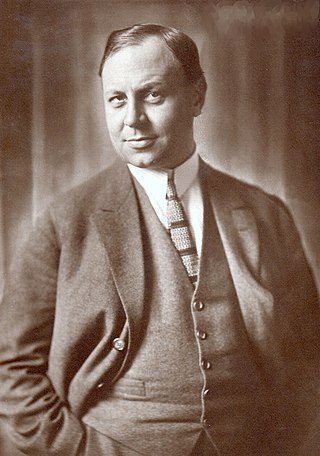
The following events occurred in May 1929:
Herbs and Apples is a 1925 novel by Helen Hooven Santmyer. Her first novel, it was largely autobiographical. Set in the fictional town of Tecumseh, Ohio, an unnamed Boston-area women's college, and Manhattan, it tells the story of Derrick Thornton, an aspiring female writer and poet, who ends up preferring the "herbs and apples" of Tecumseh to any sort of literary life.

Farewell, Summer is a novella by Helen Hooven Santmyer. Written after her first two novels, it was not published until after Santmyer's death. The novella tells the 1935 memories of Elizabeth Lane about the summer of 1905, when she had been eleven and in love with her "Wild West cousin" Steve Van Doren, who was romancing, to no avail, another cousin, Damaris, who is intent on never marrying and is planning on becoming a nun. The 1935 Elizabeth now understands what the 1905 Elizabeth was actually seeing.
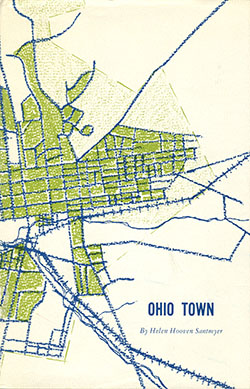
Ohio Town is a 1962 autobiographical memoir by Helen Hooven Santmyer, describing the places, communities, and some notable people in the Xenia she remembers from her childhood. It is written in mixed first and second person, and the town name itself is never mentioned, except in the "Acknowledgements" small print where Santmyer names helpful sources, including "our paper, the Xenia Daily Gazette".
Helen Black was an American naturalist and conservationist from the Greater Cincinnati area.
Margaret Charles Smith was an African-American midwife, who became known for her extraordinary skill over a long career, spanning over thirty years. Despite working primarily in rural areas with women who were often in poor health, she lost very few of the more than 3000 babies she delivered, and none of the mothers in childbirth. In 1949, she became one of the first official midwives in Green County, Alabama, and she was still practicing in 1976, when the state passed a law outlawing traditional midwifery. In the 1990s, she cowrote a book about her career, Listen to Me Good: The Life Story of an Alabama Midwife, and in 2010 she was inducted into the Alabama Women's Hall of Fame.

Thyrsa Anne Frazier Svager was an American academic who was one of the first African-American woman to gain a PhD in mathematics. Born in Ohio, she graduated from high school at the age of 16, going to Antioch College in Ohio and then doing her postgraduate degrees at Ohio State University. Frazier Svager was the head of the Department of Mathematics at Central State University (CSU) in Ohio for decades, ending her academic career as provost and dean for academic affairs. She and her husband, physics professor Aleksandar Svager, invested one of their salaries during their careers to build a legacy for scholarships. After her death, the Thyrsa Frazier Svager Fund was established to provide scholarships for African-American women majoring in mathematics.
Margaret J. Andrew was an American experimental engineer. Born in Dayton, Ohio, she had a focus in science and technology. Her work as an experimental engineer lead to two patents for improving dishwashing and clothes washing appliances. In addition to her professional endeavors, Margaret had a passion for fine cooking and cuisine.